
Shanghai is basically a very flat place. The highest elevations here are all buildings, including the second-highest building in the world, the Shanghai Tower at 632 meters. In fact, a website that specializes in that sort of information claims that there are 166 buildings in Shanghai with a height of at least 150 meters, with another 18 under construction.
Unfortunately, I could not find data for the number of buildings in Shanghai with a height above 100 meters – presumably either because there are too many to count them, or because a building between 100 meters and 150 meters height is not interesting enough, like the world`s tallest dwarf (yes, I am quoting from “Succession” here).
Why would I have liked to give you that number? 100 meters happens to be the height of Tianmashan, Shanghai`s highest hill. It is a nice quiet place (except on weekends, of course) covered with trees, bamboos, temples and a dangerously inclined pagoda. These characteristics (well, not the pagoda, I guess) make it an interesting location for birdwatching in Shanghai, with some species that are difficult to find elsewhere.

The dangerously inclined pagoda at Tianmashan. I swear it wasn’t me.
So, once you have paid the 10 RMB entrance fee, showed your green health code on your mobile phone, given your phone number and showed your passport at the entrance (after all, this is China during Covid-19), what is there to see in February?
At the entrance, there are some blossoming bushes. Instead of going there, the Vinous-throated Parrotbills prefer the shrubbery nearby. Food is more important than beauty.
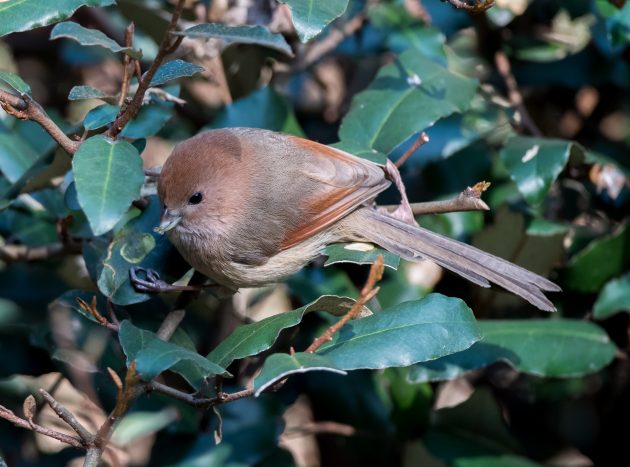
A bit further up the mountain, you are likely to encounter the first Grey-capped Greenfinches having breakfast …
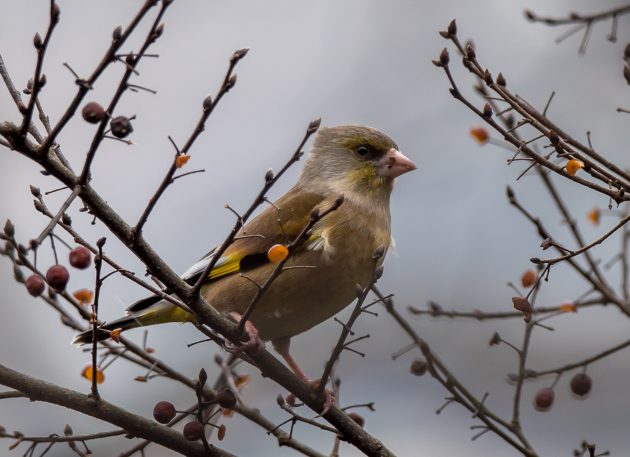
… or Eurasian Siskins drinking.
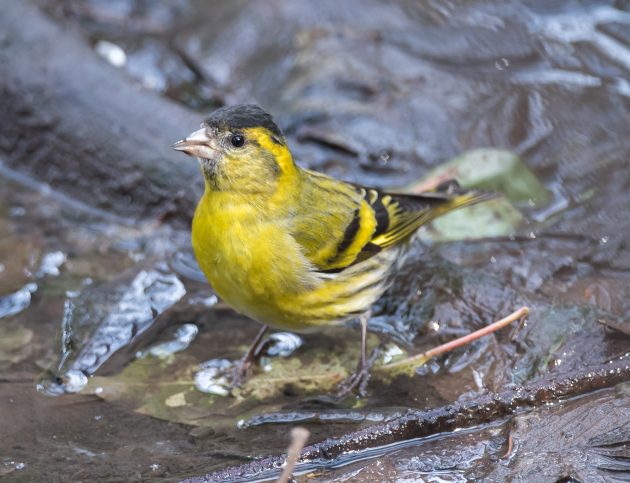
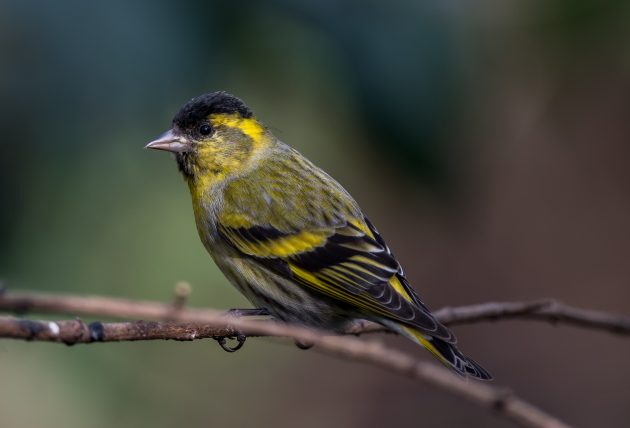
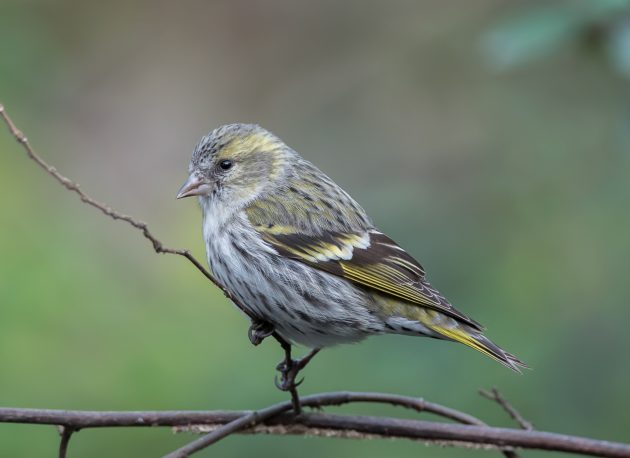
I promised my mother not to make any more jokes about Japanese Tits.
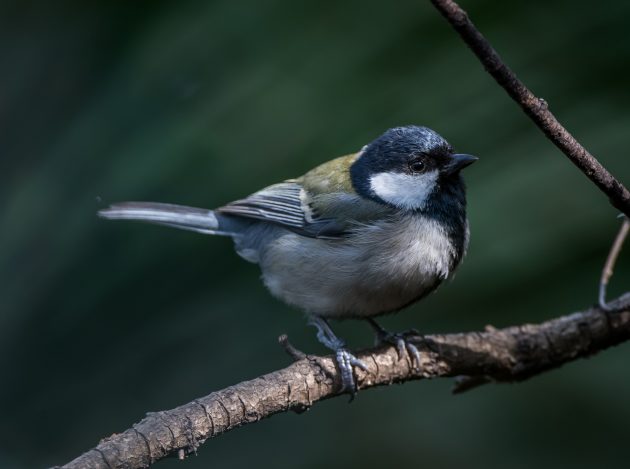
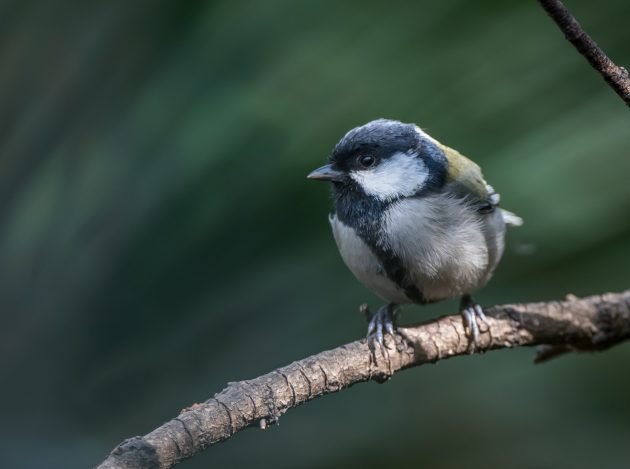
Red-billed Leiothrix are a popular cage bird in China, though I imagine its popularity has declined after the introduction of color television. So, the birds on Tianmashan may well be the descendants of captive birds.
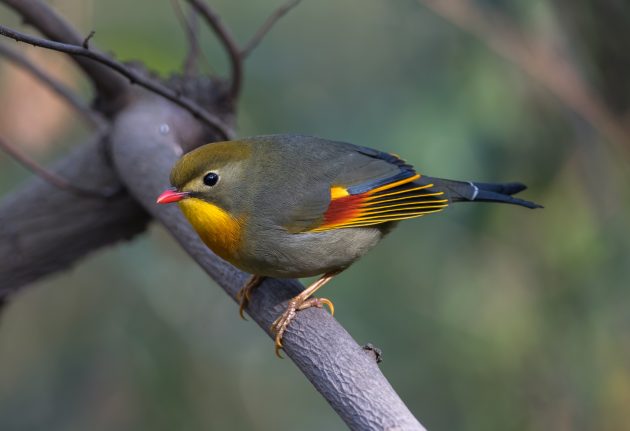
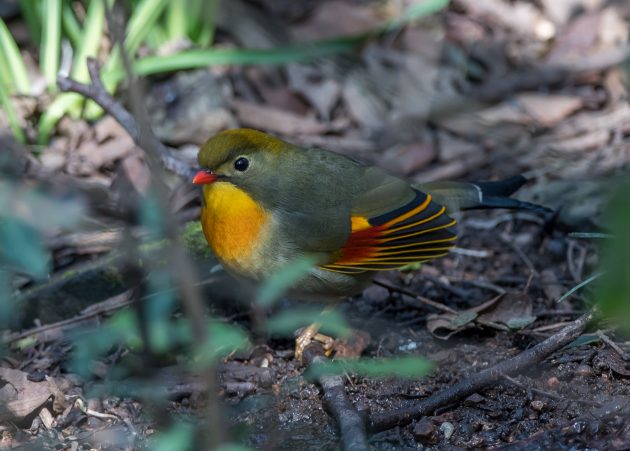
Strangely, the eBird entry for this bird talks in detail about its distribution on Hawaii, even though it has only been introduced there. I guess ornithologists prefer to do their research there rather than in Asia, where it is native and much more common …
Crested Goshawks can be seen hunting, following the advice in their instruction manual: “Prey typically captured after short, rapid attack launched from concealed perch, usually inside forest” (HBW).
Presumably, the species is not too proud of its crest (HBW: “short, pointed crest usually depressed and not visible”). Strange. If I had a crest, I would certainly show off with it
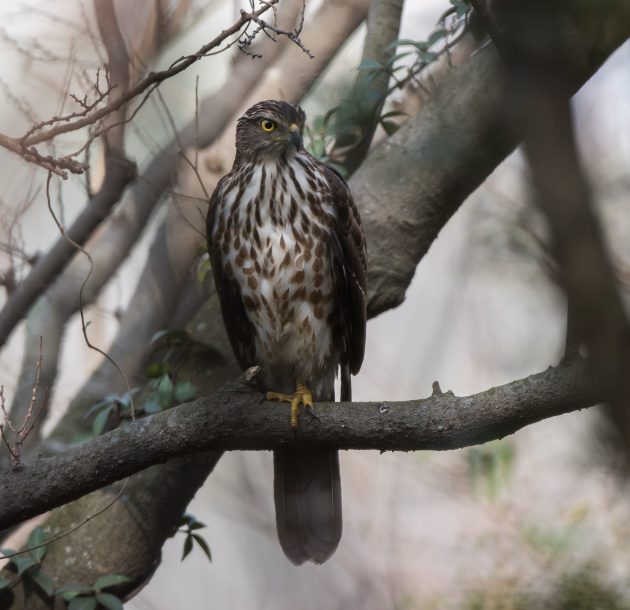
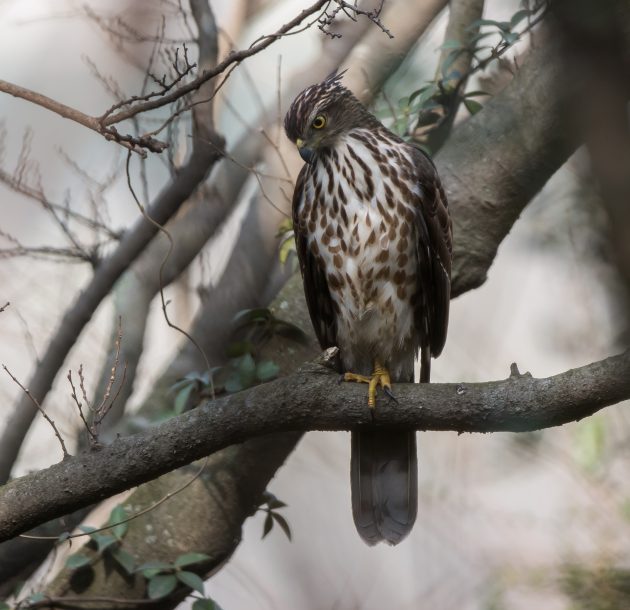
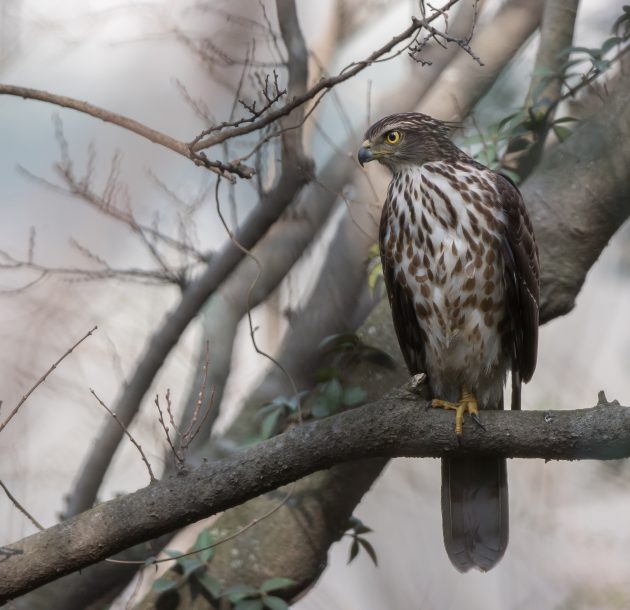
Unfortunately, among the Common Rose Finches, there is a massive shortage of properly red-colored males – not that surprising as juveniles and first-summer and second-summer males basically look like adult females (the adult-like plumage is only acquired in the late summer of second year, says HBW). I am wondering whether it is possible to estimate the life expectancy of the species based on the ratio of red to colored birds (assuming that males and females do not prefer different wintering locations). If yes, the life expectancy sadly must be pretty short.
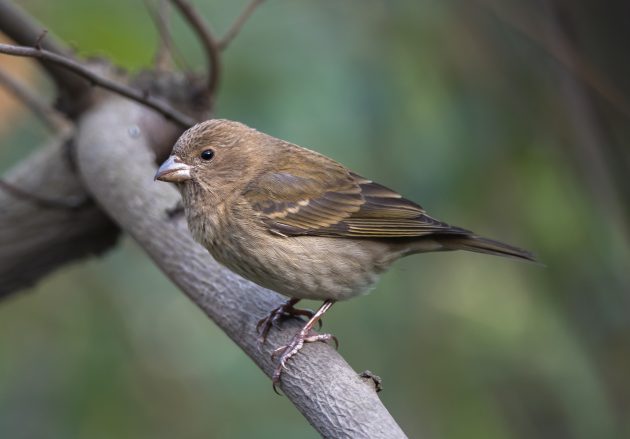
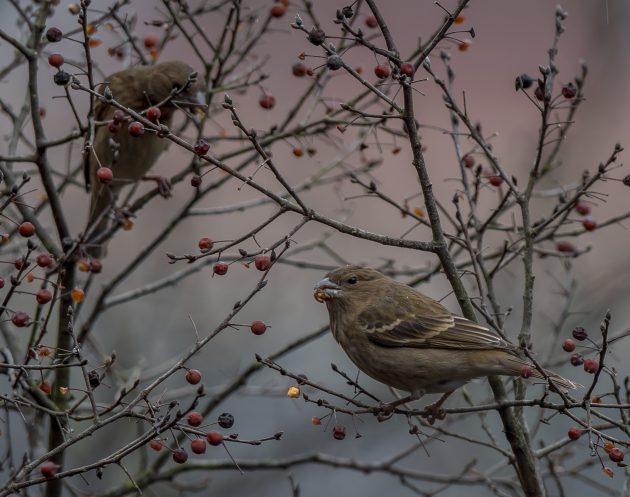
Still waiting to get a better photo of a proper male than the one below …
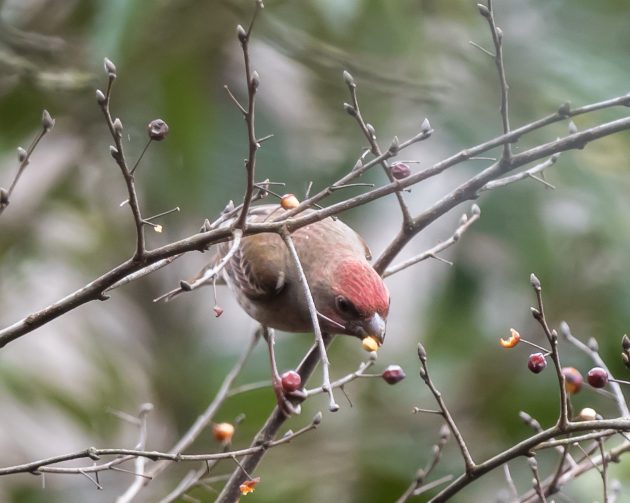
Cute birds seem to like Tianmashan. Witness this Silver-throated Bushtit …
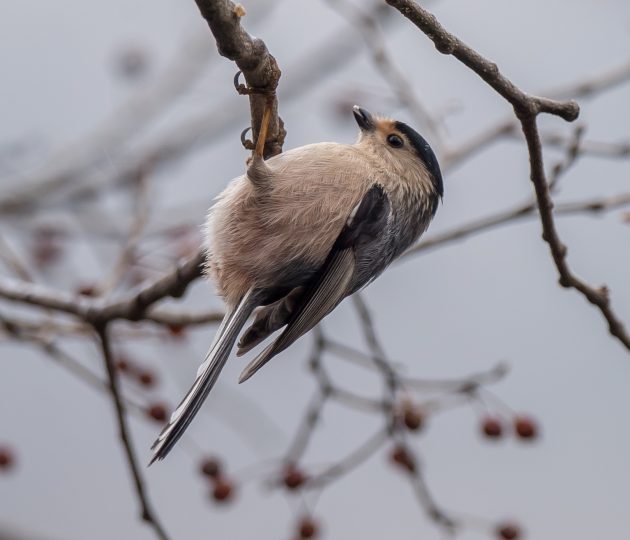
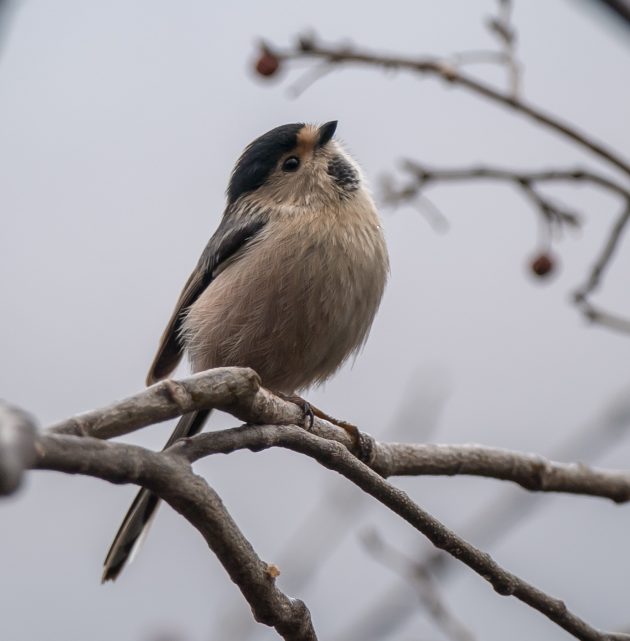
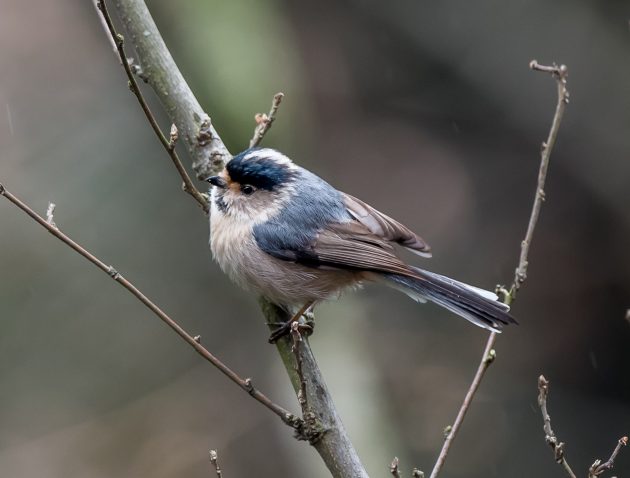
… or this Black-throated Bushtit.
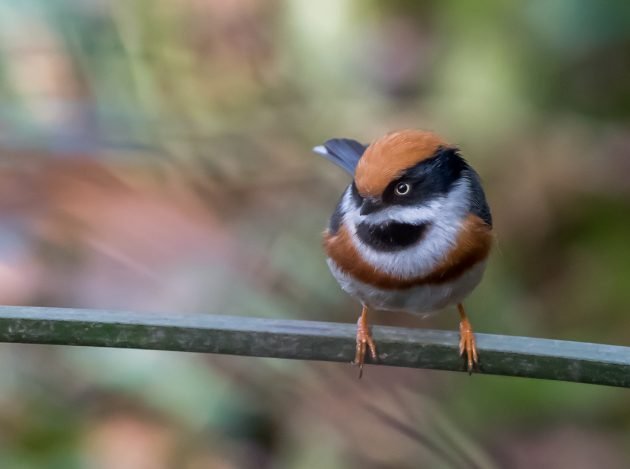
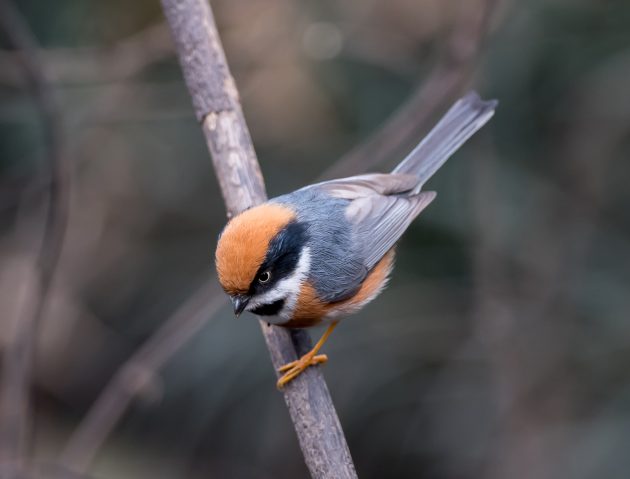
The Speckled Piculet may be my favorite bird on Tianmashan. A woodpecker! Tiny! Colorful! Cute! What is not to like (other than that I had to wait for the bird for about 10 hours to get 10 seconds worth of photos) …
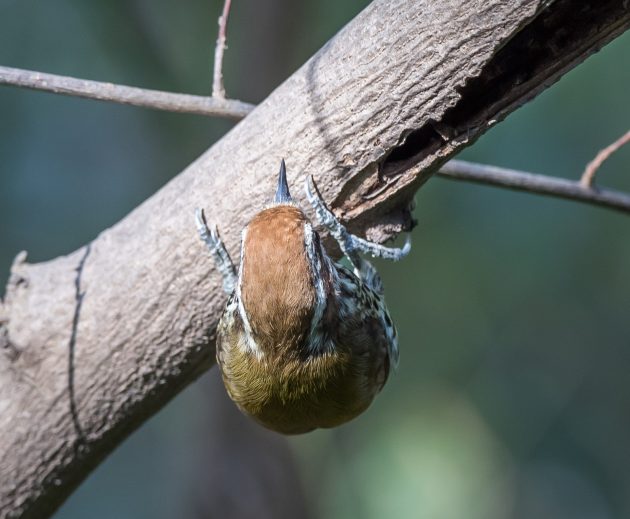
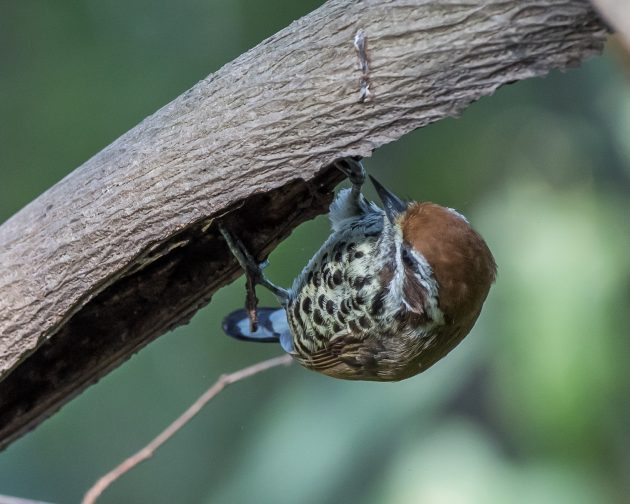
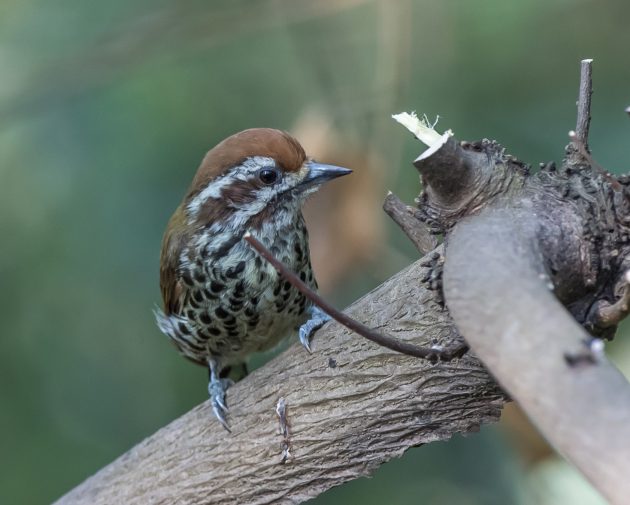
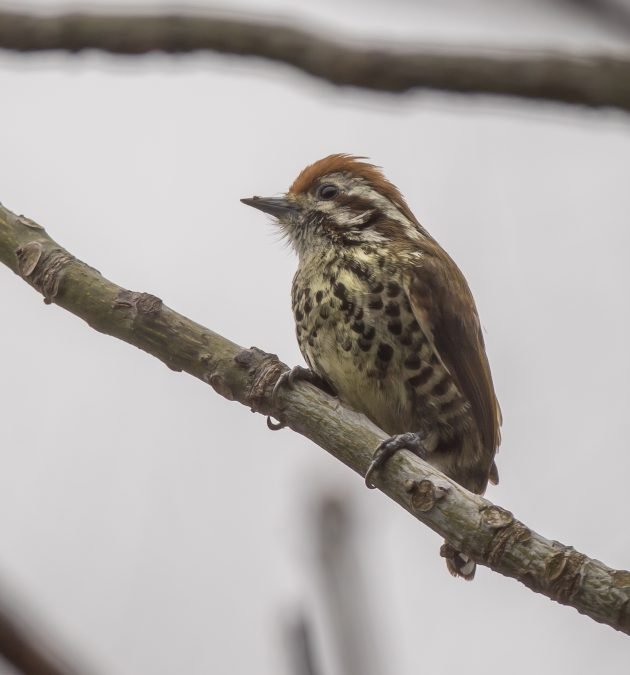
These photos of a Pallas Leaf Warbler almost seem fake, as in reality the bird never sits still.
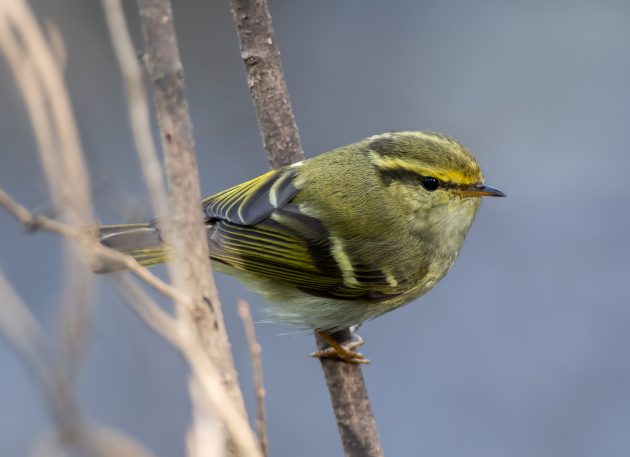
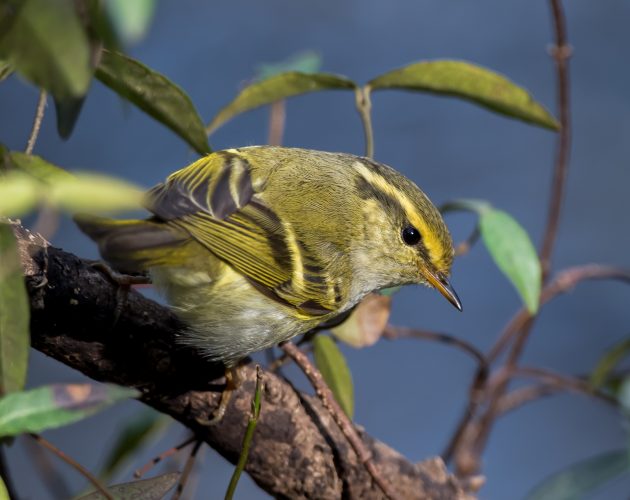
Tristam`s Bunting is among my favorite buntings. The bird agrees with ebird that it “winters in brushy forest environments”.
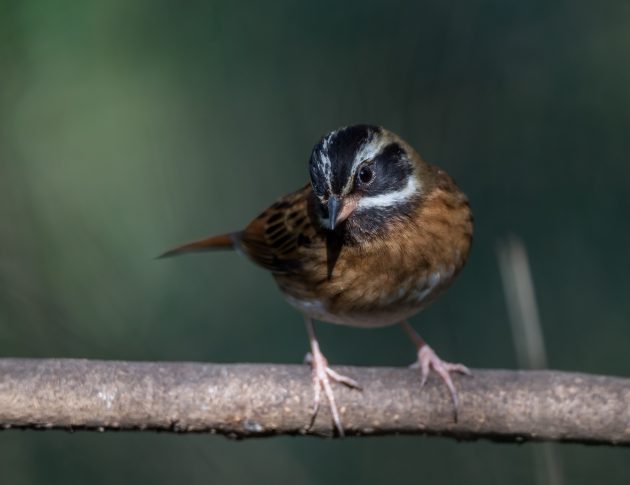
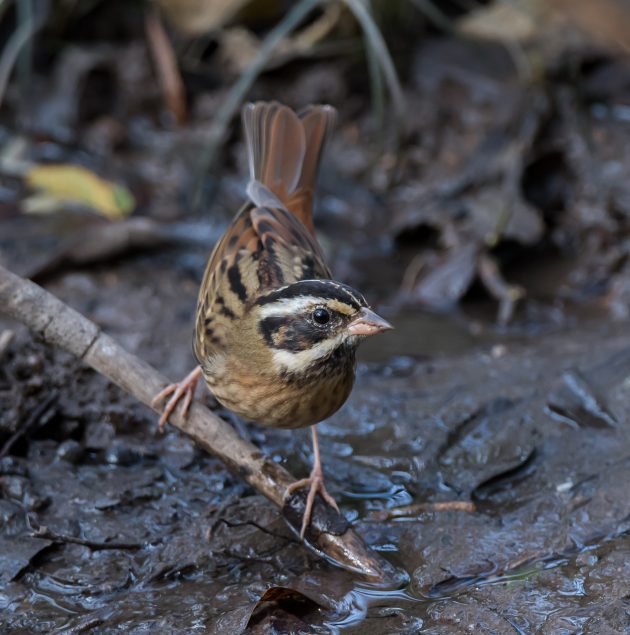
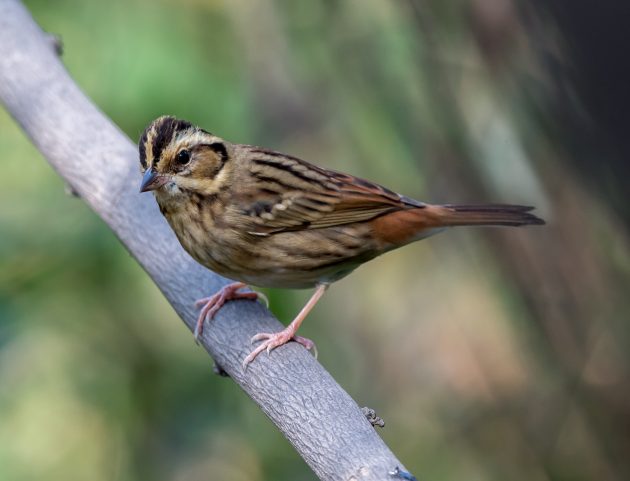
The Yellow-browed Bunting is rarer in Shanghai, and looks less distinctive.
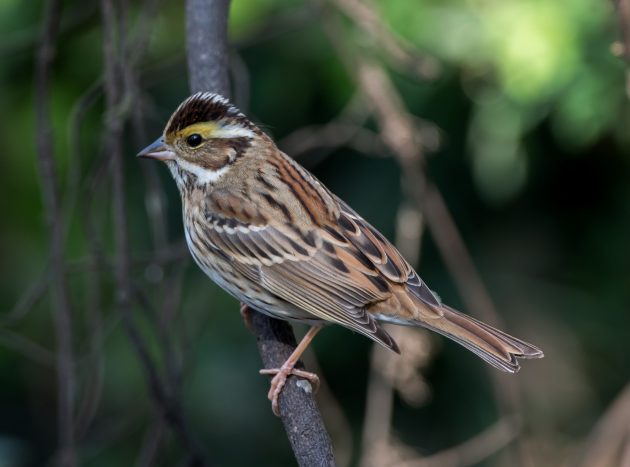
I am still fascinated by the dinosaur-like appearance of White`s Thrush – fortunately, it is a relatively common winter visitor in Shanghai. It rarely is as visible as in these photos …
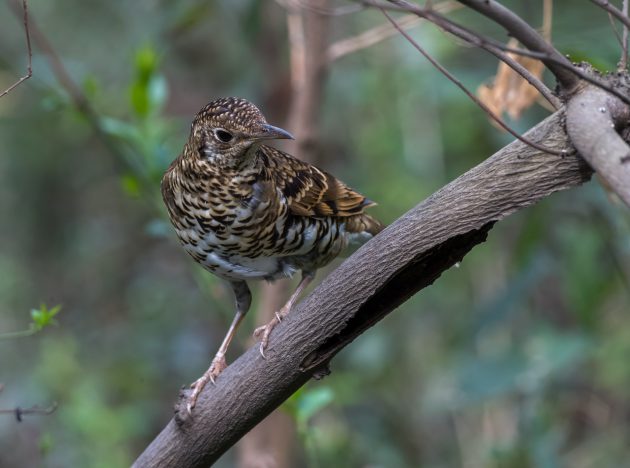
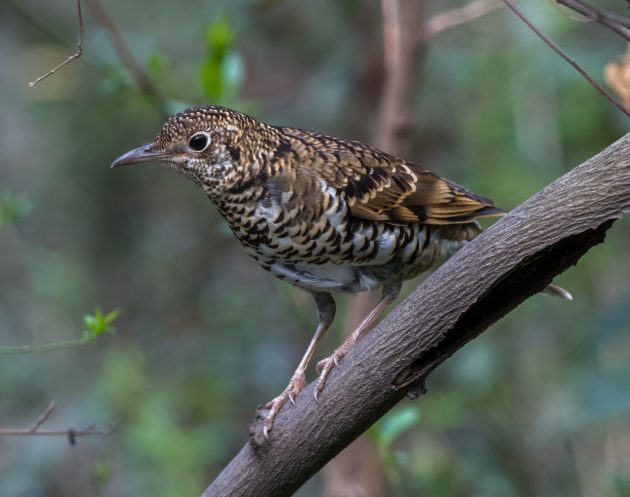
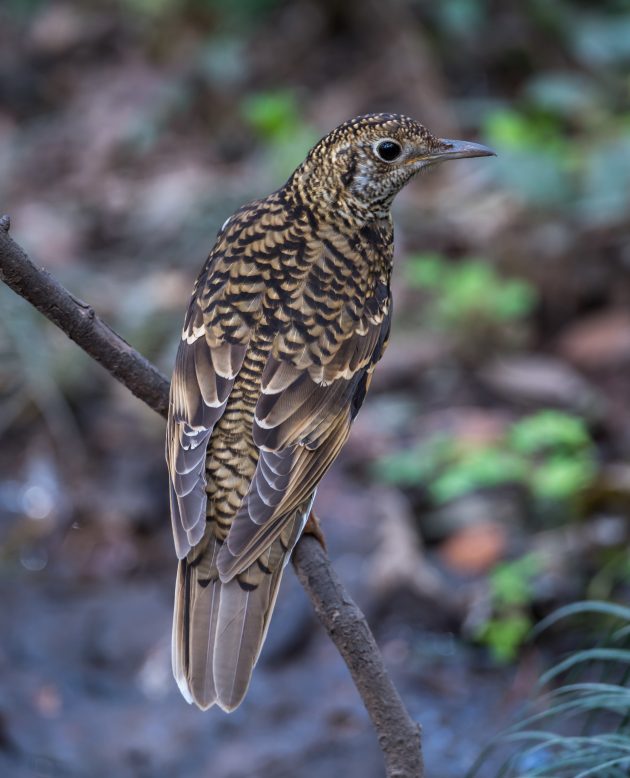
… a more common view is like this:
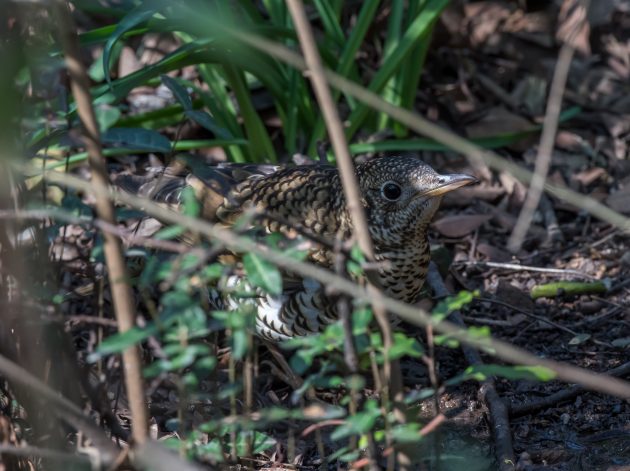
Similar to the rose finch mentioned above, the Red-flanked Bluetail is much more easily seen in its female/juvenile plumage. Then again, both sexes are worth seeing.
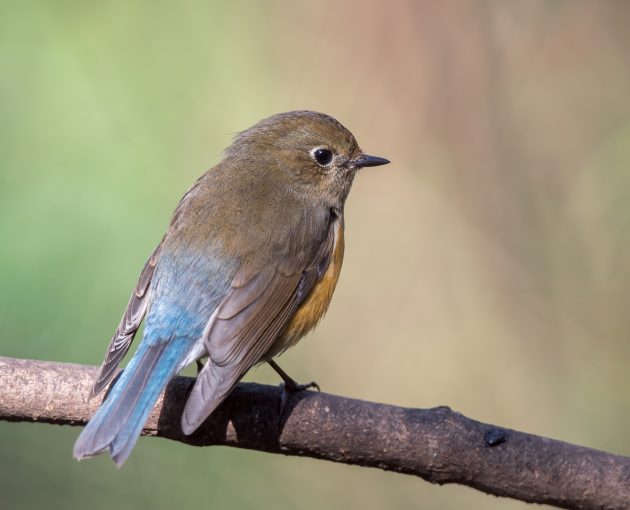
The male is much more into blue.
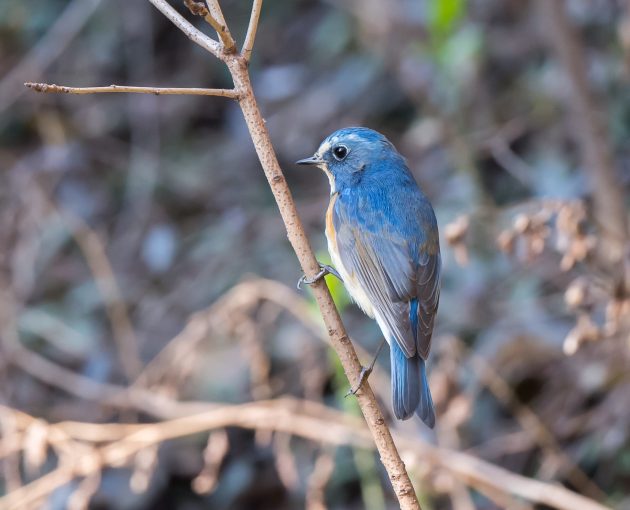
The Brown-flanked Bush Warbler rarely comes out into the open, despite already being dressed in camouflage colors.
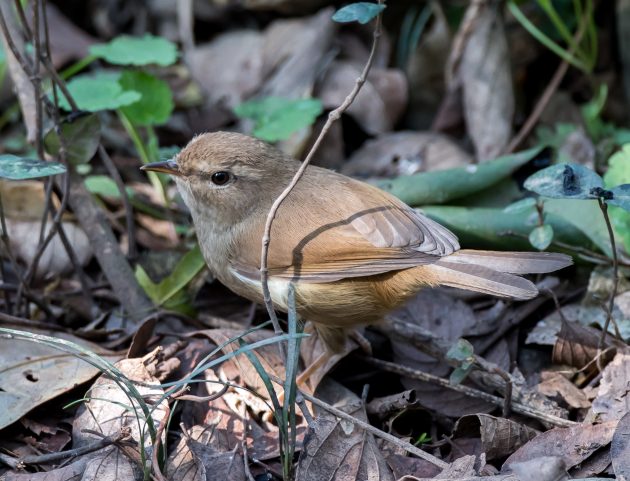
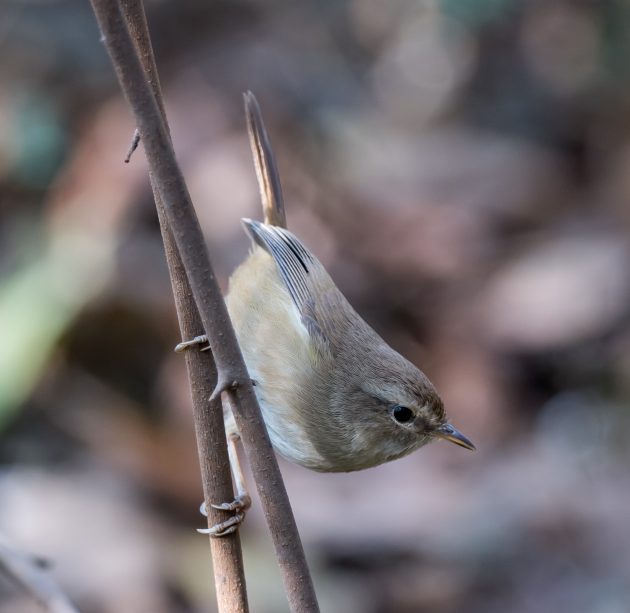
Compared to it, Swinhoe`s White-eye is positively careless.
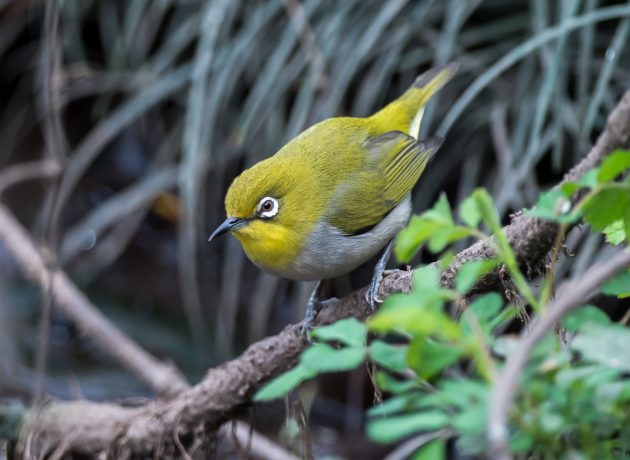
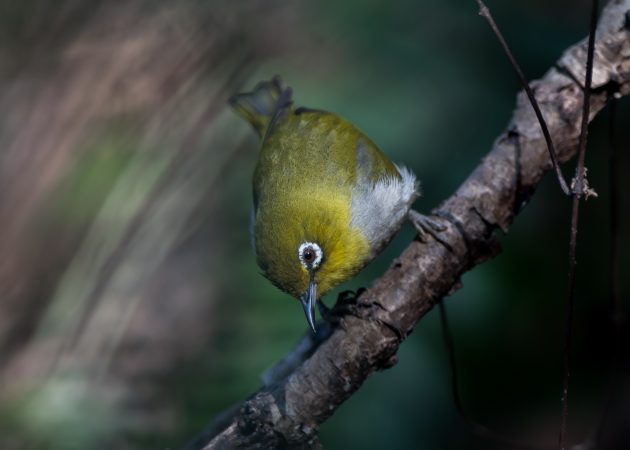
The White-rumped Munia is another species that apparently failed to sufficiently bribe eBird and consequently gets described as “drab-colored”.
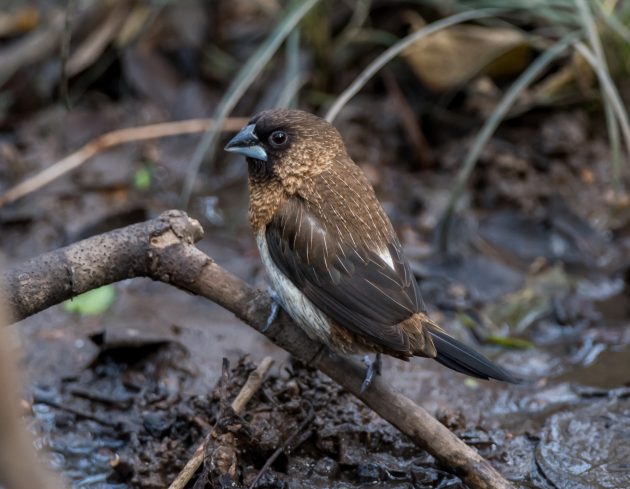
Light-vented Bulbul: Oh no, I already covered this one in my last post. In the meantime, I have indeed seen the bird not only at Tianmashan, but also fly by my window. Wikipedia never lies.
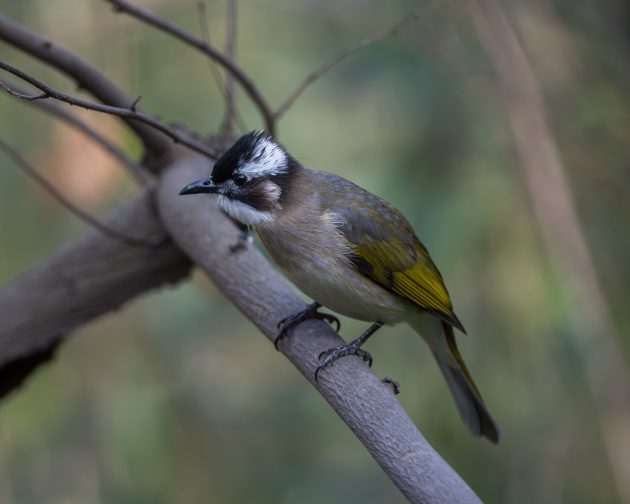


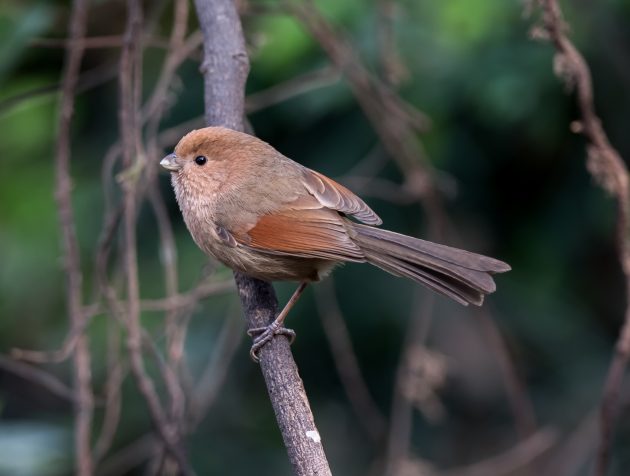
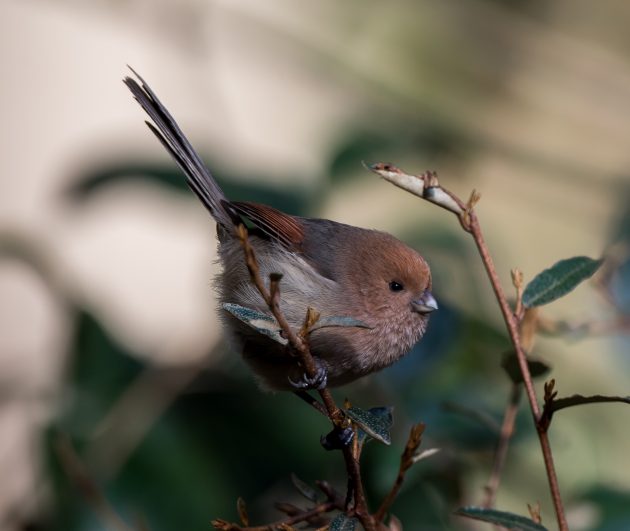
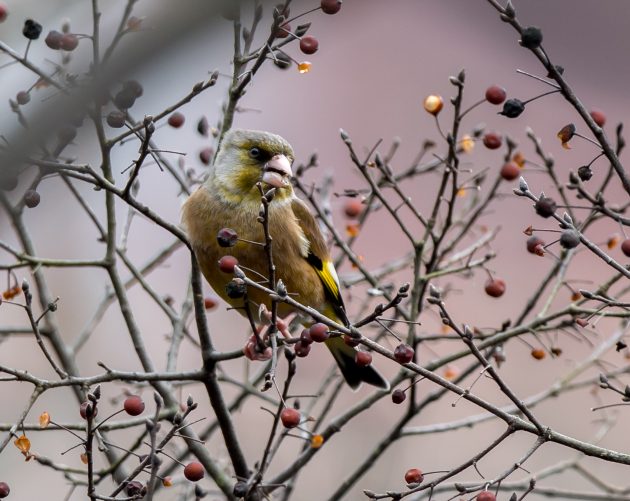
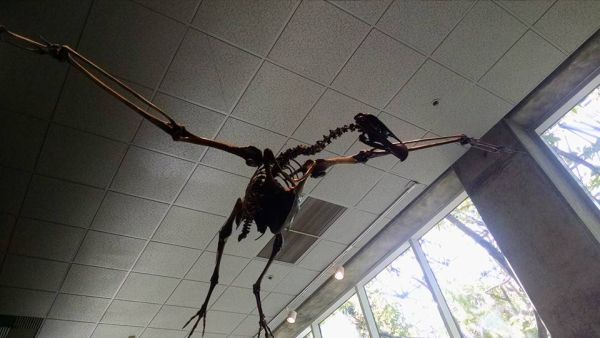


 New writers welcome – please contact us for details.
New writers welcome – please contact us for details.

















A Red-flanked Bluetail just turned up near, of all places, Acapulco, Mexico. Unfortunately, I have not seen it, but the news is still cool!
I have to apologize for the somewhat cryptic last paragraph of this post. It was meant to be posted after the one on bulbuls, but due to technical difficulties (i.e., me not being competent enough), it actually appeared before that one.